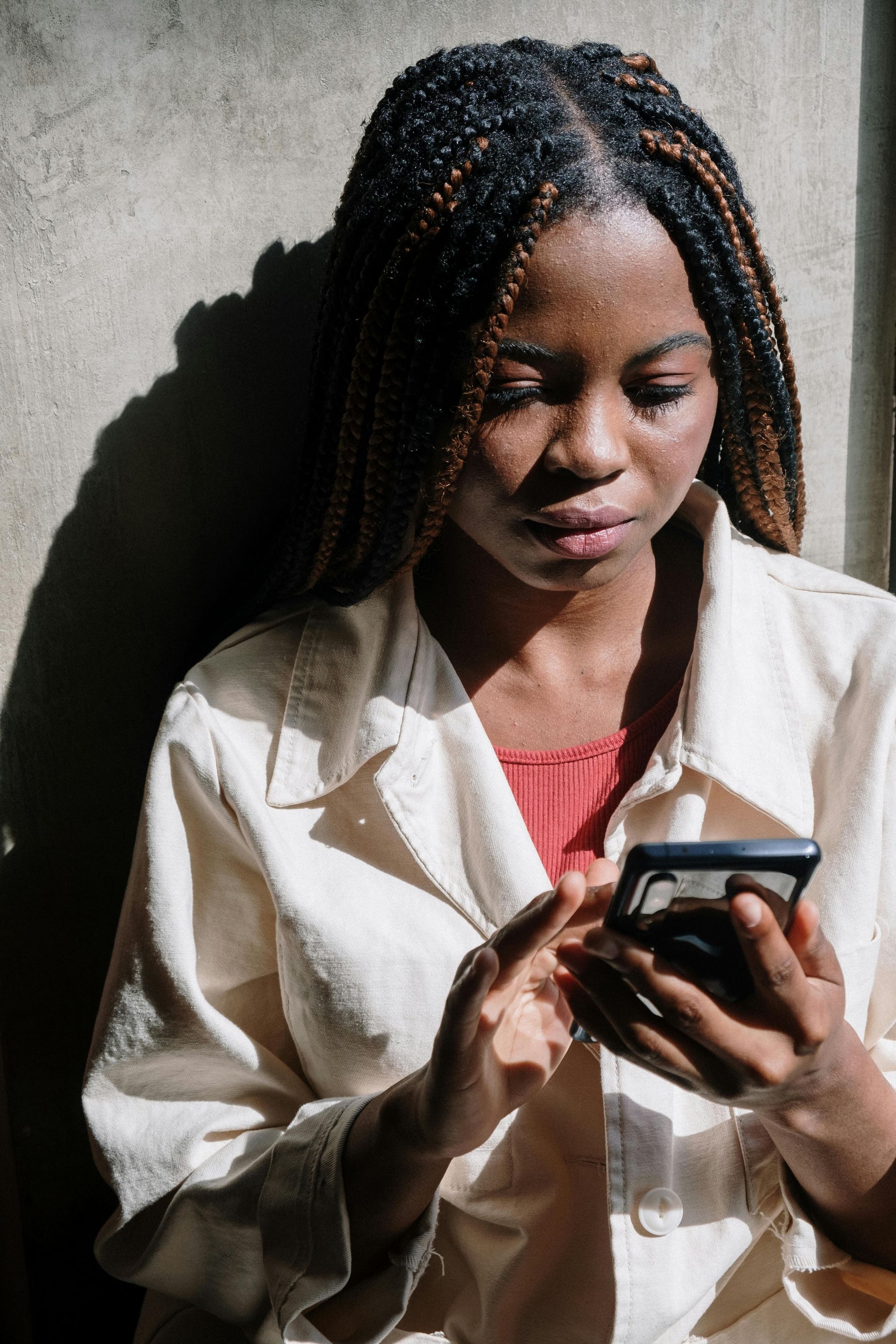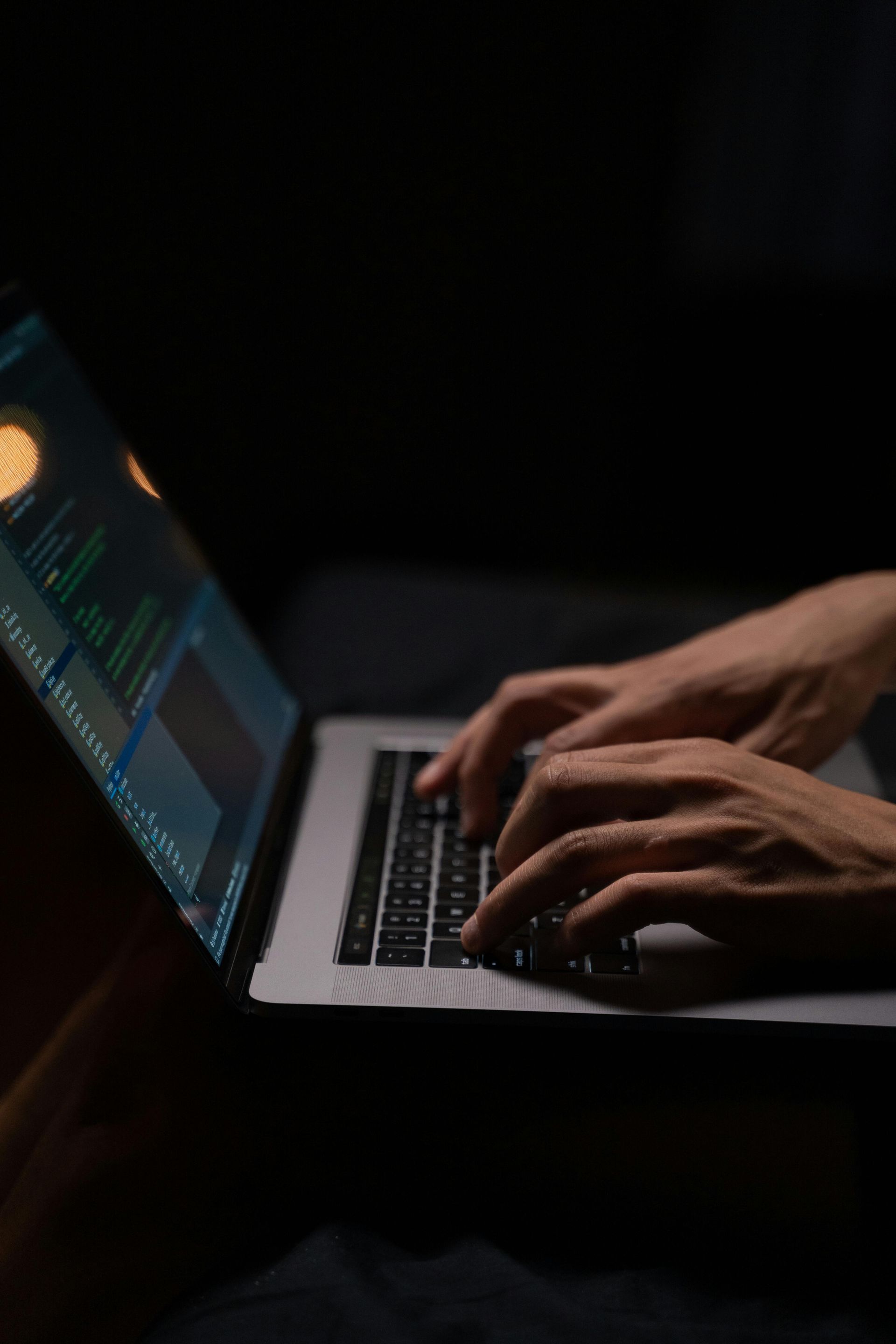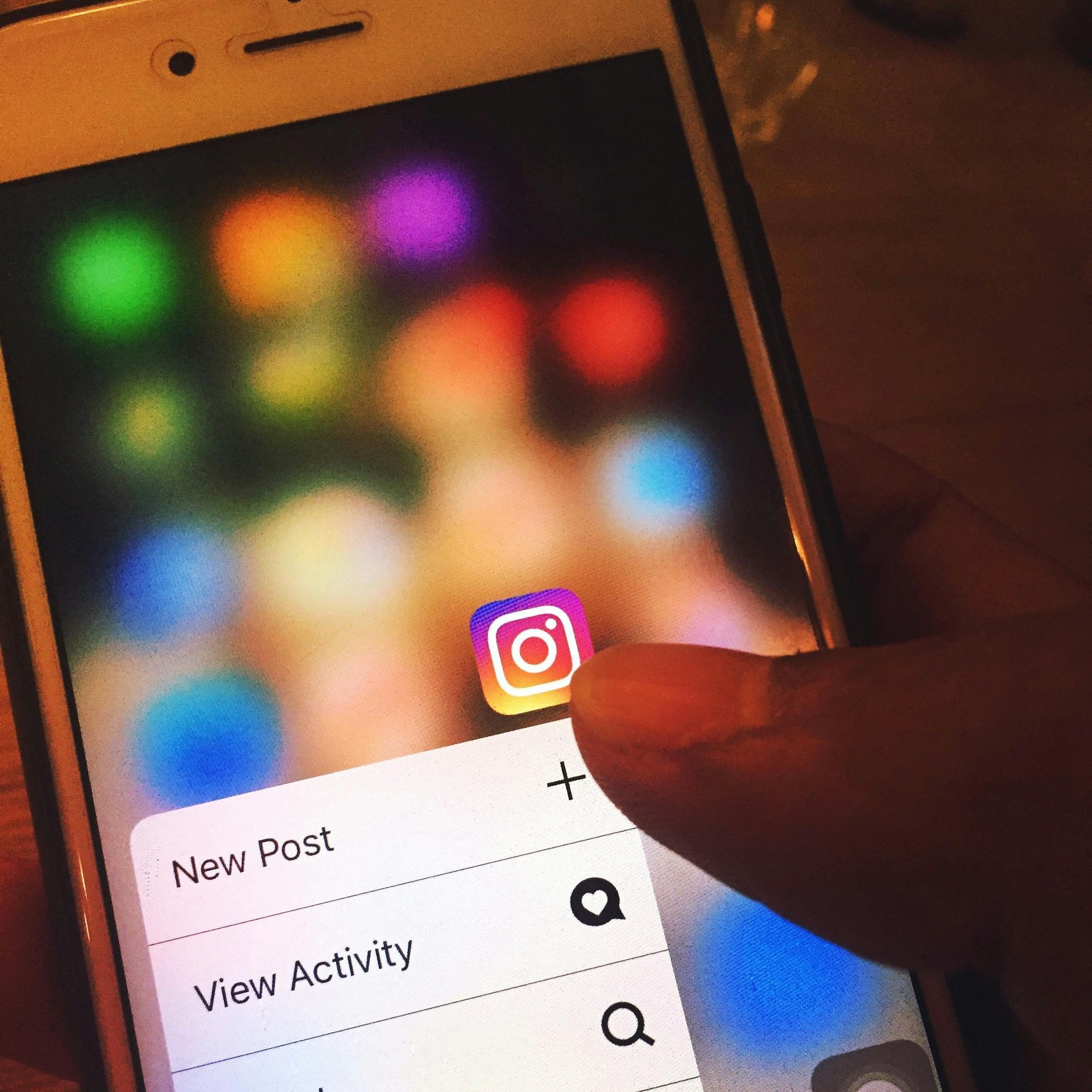Human Trafficking And Social Media: A Modern Tool For Exploitation🦋
While social media started out as a harmless way to connect with friends, it has unfortunately developed into a breeding ground for crime and human trafficking.
You might be surprised to learn that between 2000-2020, 30% of sex trafficking survivors in U.S. federal cases were lured in through social platforms. This number rose to 41% in 2021, according to Alyssa Currier Wheeler from the Human Trafficking Institute.
Facebook and Instagram are apps that traffickers use to seduce victims. Snapchat, TikTok, and Discord also face criticism for not doing enough to stop trafficking on their platforms.
Trafficking is a global issue, and the first step to combating it is to create awareness. Continue reading to learn how social media contributes to trafficking crimes, and what you can do to help end it.
Key Takeaways
- Facebook and Instagram majorly contributed to trafficking recruitment in 2020. These case numbers increased rapidly between 2019 and 2020.
- Fake profiles, along with promises of relationships or job offers are ways that traffickers target vulnerable people online.
- Online ads found on social media sites account for over 80% of sex trafficking cases in 2020.
- Strong privacy settings, limiting location sharing, and enabling two-factor authentication are a few ways to protect yourself from becoming a victim.
- National Human Trafficking Hotline (1-888-373-7888) or CyberTipline should be your first call to report any suspicious activity.
The Role of Social Media in Human Trafficking
Human traffickers have had much success leveraging the power of social media for the exploitation of vulnerable people.
Recruitment through social media platforms
Social media makes it easy for human traffickers to seek out potential victims. They may post listings pretending to be looking for a romantic partner, or offering a fake job opportunity, usually within the housekeeping, agriculture, or modeling industries.
They also search through profiles, looking for people struggling with financial issues, low self-esteem, or those in need of housing.
According to a 2020 Polaris report, a startling 59% of survivors in a study of 133 trafficking cases were recruited from Facebook, and 13% from Instagram.
Facebook also reported a steep increase of 125%, while Instagram rose by nearly 95%. Social media has been beneficial in helping traffickers target young people through direct messaging and advertising scams.
Advertising and control of victims online
Child sex trafficking and commercial sexual exploitation have become abundant on social media sites where traffickers run advertisements that prey on vulnerable people. In 2020 alone, over 80% of sex trafficking cases were initatiated through online advertisements.
Traffickers post escort ads to recruit their victims, or promote cheap labor by young women in countries like Thailand. Although they may seem like harmless ads, behind the scenes, people are being exploited.
According to Polaris’ National Survivor Study, traffickers control victims by monitoring their social media profiles and isolating them from family members and friends. Around 32% of survivors reported that traffickers tracked their social media use.
Another tactic that traffickers use is to impersonate their victims online. For example, posting as them to make it seem like everything is fine. In Brandilea Adams' case, her trafficker leveraged her Facebook account to manipulate and harass her family, causing even more harm.
Tactics Used by Traffickers on Social Media
Traffickers take advantage of their victims by using tricks to gain trust online and trap vulnerable individuals. Here are a few of the tactics you should be aware of.
Fake profiles and love interests
Traffickers often create fake profiles and pretend to be a romantic interest (also known as "boyfriending.") They gain trust by making false promises, then proceed to exploit their victims for sex acts or forced labor.
Social media platforms make it easy for criminals to pose as love interests to lonely individuals, who unfortunately end up getting exploited instead.
Traffickers often pretend to care while planning their victims exploitation.
Exploitation of personal information
Gathering personal information from social media is another popular tactic. Sharing personal information online can make you a target since traffickers search through social profiles looking for people struggling with financial or housing issues...even loneliness.
Social media makes it easy for traffickers to collect sensitive information like your location. Securing this data is the first step in protecting yourself from dangerous trafficking activities.
Social Media Platforms Commonly Used in Trafficking
Social media access has given the false illusion that sharing personal details and interacting freely online is safe. Unfortunately, these apps make online recruitment easier to find and target victims.
Popular platforms targeted by traffickers
Social media is used by traffickers use to recruit, exploit, and control their unsuspecting victims.
- In 2020, Facebook accounted for a significant 59% of survivor cases, often locating vulnerable children and adults through public posts.
- Instagram accounted for 13% of recruitment cases the same year through fake profiles and direct messaging.
- Snapchat, with its disappearing messages feature, has made it easy for criminals to send messages without evidence.
- TikTok's video-sharing format helps traffickers trap younger users through fake job offers and misleading opportunities.
- In the online gaming space, Discord is used by predators who target minors through the chat feature.
- Meta (Facebook and Instagram) has been accused of inadequate protection from trafficking operations on its platforms.
These companies have a responsibility to protect their users and improve their systems to combat trafficking. By paying attention and reporting suspicious social media behavior, you can be a part of the solution.
Protecting Yourself and Others from Social Media Exploitation
By staying alert when being active online, following a few simple steps can help keep you safe from trafficking.
Utilizing privacy settings
Start first by adjusting the privacy settings on your profile. This will help limit who can view your information online.
- Restrict access on your social profiles to only trusted people. This way, only people who know you will be able to view your content.
- Keep third-party apps connected to your accounts to a minimum since many request unnecessary information that can share your personal data.
- Stop tagging your location in public posts. This makes it easy for traffickers to follow potential victims.
- Clear your follower list of fake social media accounts or people your don't know. These may be traffickers posing as friends.
- Arm yours account against hacking attempts by setting strong passwords and enabling two-factor authentication.
- Educate your kids on the dangers of posting personal information online.
Simple steps like these can help keep you safe when you're using social media platforms in today’s digital world.
Identifying and reporting suspicious activities
Social media users in Pontiac, Michigan can help fight human trafficking by being aware of the below signs and steps to take.
- Signs of human trafficking online include posts or messages promoting child labor, sexual acts, or the exploitation other human beings.
- Beware of fake or suspicious profiles offering jobs, romantic connections, or financial assistance.
- Immediately report social media posts displaying someone potentially being coerced into illegal activities.
- You can also report any suspicious online behavior to the National Human Trafficking Hotline (1-888-373-7888) or CyberTipline.
- Encourage others to reduce the amount of personal information they post on social media platforms and to not talk to strangers online.
- Adjust all app permissions to prevent any unnecessary data from being shared.
- Share resources from anti-trafficking organizations like The Exodus Road or the official website of the Department of Justice to get the word out about trafficking risks.
- Reach out to law enforcement agencies or victim services if you are worried someone you know might be a victim of human trafficking.
These easy steps can save lives if made swiftly. Spreading awareness can make social media platforms a safer place to connect with friends and family.
The Need for Collaboration and Awareness
Everyone can pitch in towards the fight against human trafficking. Here are some actions we can take as a community to protect ourselves.
Role of governments and tech companies
Governments and technology companies should take increased action to combat human trafficking. The federal government enforces laws like the Trafficking Victims Protection Act (2000) to locate traffickers, while FOSTA-SESTA (2018) holds online platforms accountable for preventing these activities.
The U.S. Department of Justice and State Department are responsible for focusing on prosecuting sex traffickers and also protecting victims.
Tech giants including Meta are facing increasing pressure to expand online protections against trafficking. Mark Zuckerberg was even questioned about exploitation on social media platforms at his 2024 Senate hearing.
Organizations like The Social Media Victims Law Center (SMVLC) handle cases of child abuse, and push for accountability when they involve trafficking or reports of recruitment.
Artificial intelligence is capable of monitoring trafficking signs online, however, it still needs to be enforced more effectively.
Importance of public education and vigilance
Educating the public is key to fighting human trafficking. Kids need to learn about social media safety, including limiting the sharing of their personal information and not talking to strangers online.
Always report suspicious activities immediately when scrolling through social media platforms to the CyberTipline or the National Human Trafficking Hotline at 1-888-373-7888.
Conclusion
Social media, while great for connecting friends and family, has become a dangerous place for exploitation. By reporting signs and promoting anti-trafficking work, you can help protect lives and create safer online spaces for all ages.
FAQs
1. How does social media help traffickers recruit victims?
Traffickers leverage social media to lure in unsuspecting victims by building trust or offering false job or romantic opportunities. Direct messages and misleading ads are common traps.
2. What types of human trafficking are linked to social media?
Different forms of trafficking, including child trafficking and labor exploitation, are found on social media because traffickers are able to communicate quickly and reach a large number of people.
3. How can we raise awareness of human trafficking on social platforms?
Tools like the Social Media Toolkit from official government organizations can help spread awareness. Survivor leaders and groups dedicated to anti-trafficking also share stories and resources online during National Human Trafficking Prevention Month.
4. What role does the U.S. Department of State play in combating online exploitation?
The U.S. Department of State collaborates with agencies like Health and Human Services and the Attorney General’s office to fight transnational organized crime and protect exploited children through task forces and support networks.
5. Are there resources for survivors shared on social media?
Yes, survivor leaders share helpful resources, including contact info for the National Center for Exploited Children and phone numbers for hotlines run by Human Services departments.
6. Can I report suspicious activity related to human trafficking on social platforms?
Yes! On most sites you should be able to flag harmful content directly within the social platform.









